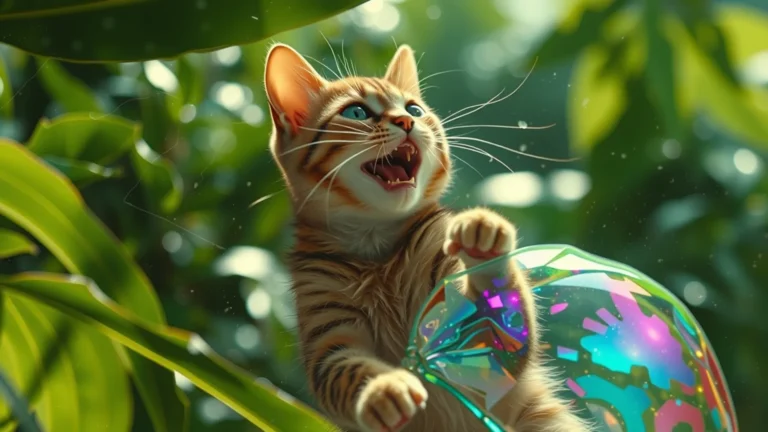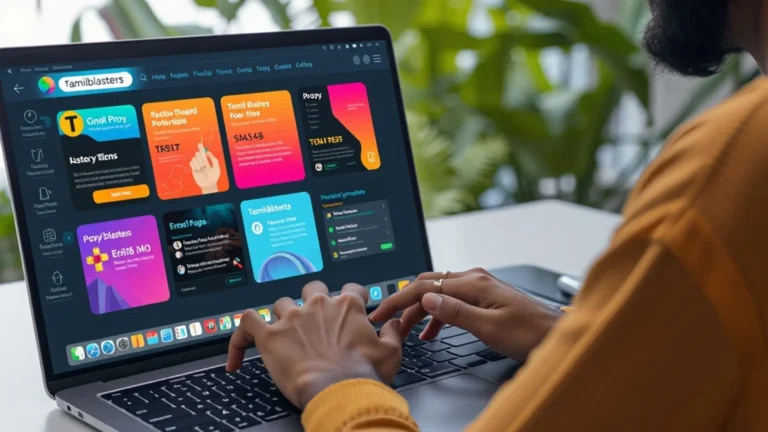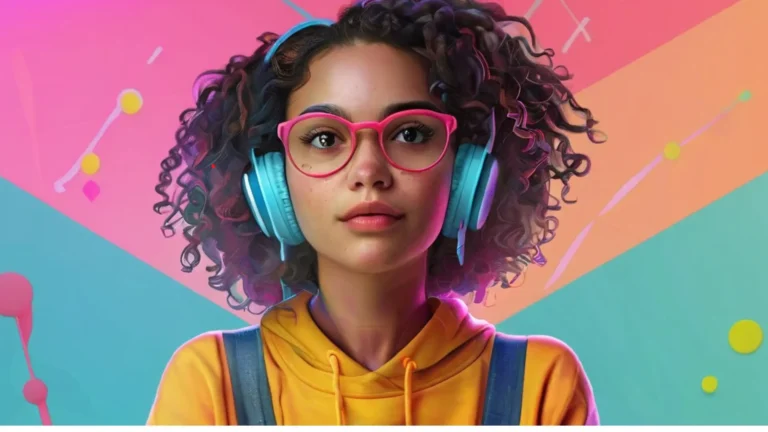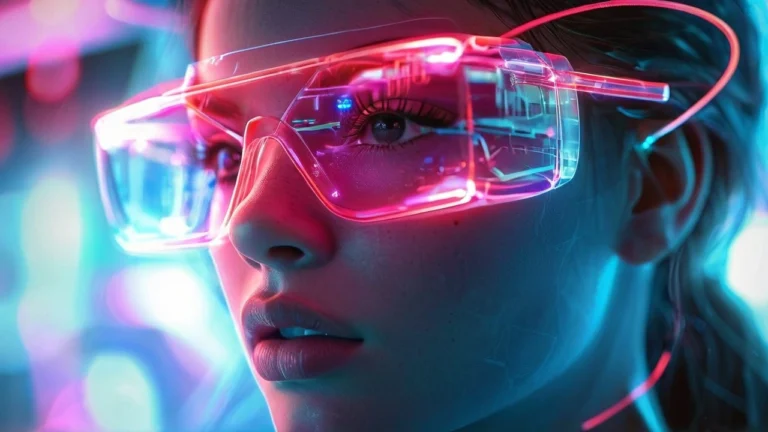The Rise of Internet Women and Digital Fame
Introduction
Explore how women are leveraging online platforms—from beauty to politics—to gain digital fame, build influence, and powerfully champion feminist causes and social justice.
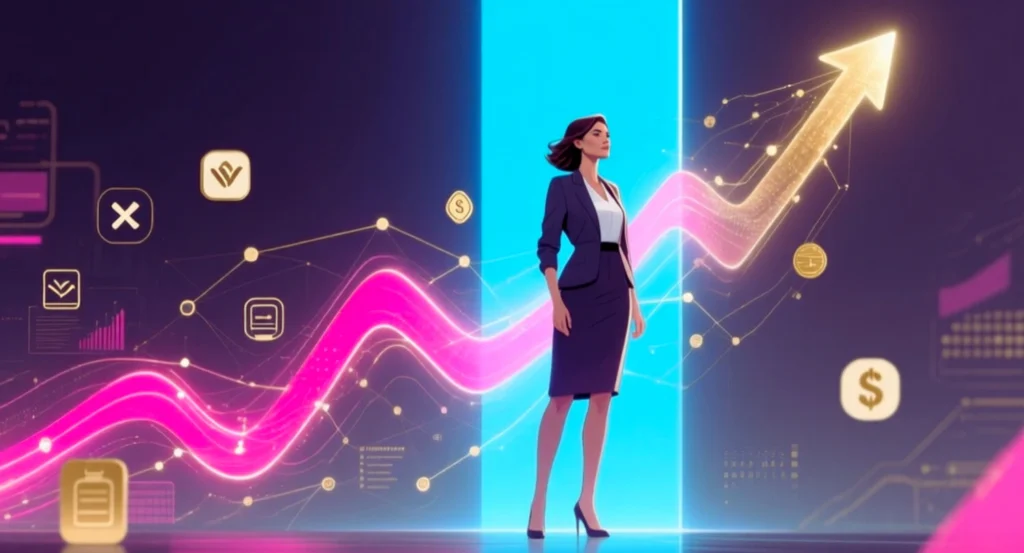
In the past two decades, the internet has dramatically changed how fame is created and sustained. Gone are the days when celebrity status was reserved for movie stars, musicians, and television personalities. Today, anyone with a smartphone and a story can become a global name. Among those who have used this digital revolution to best advantage are women, variously called “influencers” who have harnessed platforms such as Instagram, YouTube, TikTok, and X to reimagine themselves as global stages for self-expression, entrepreneurship, and social change. These “internet women” have altered what it means to be famous, influential, and financially independent in a hyper-connected world.
The Birth of the Digital Influencer
The influencer phenomenon emerged in the late 2000s, as social media platforms gained traction. Initially, women who shared lifestyle blogs or posted fashion photos were simply documenting their interests. Yet, as audiences grew and brands recognized the marketing potential of authentic, relatable voices, these women became powerful figures in digital advertising.
Pioneers like Chiara Ferragni, founder of The Blonde Salad, and Michelle Phan, a beauty YouTuber turned entrepreneur, helped shape the early influencer landscape. They proved that personal branding could be as powerful, or even more powerful, than traditional advertising. They connected with their followers directly, building a loyal community that trusted them for their opinions and style choices.
The Democratization of Fame
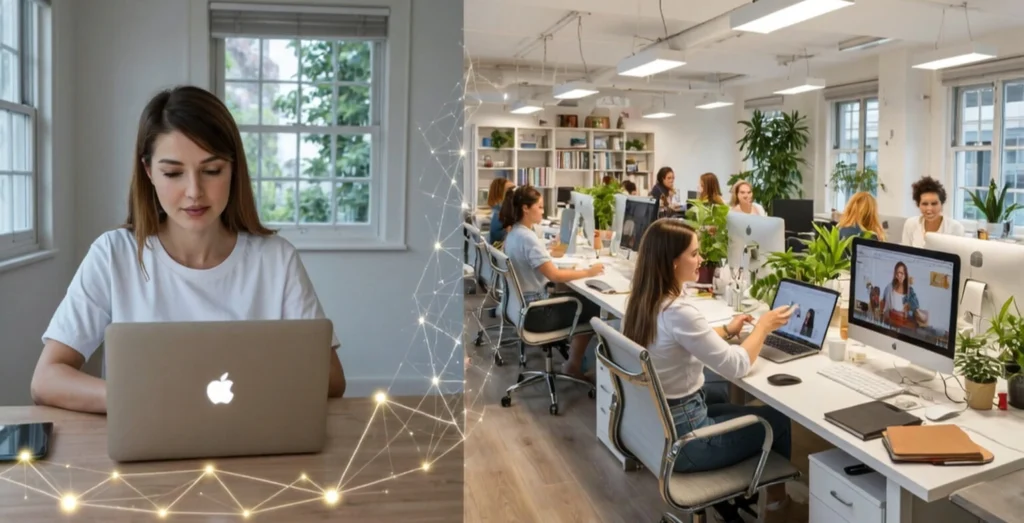
Perhaps the most revolutionary aspect of internet fame is its accessibility. In traditional media, gatekeepers — producers, casting directors, magazine editors — decided who was visible. The internet disrupted this hierarchy. With platforms like Instagram, TikTok, and YouTube, women could create and control their own narratives.
This democratization allowed a more diverse range of voices to be heard. Women of color, plus-size creators, LGBTQ+ influencers, and women from non-Western countries began to find audiences that celebrated authenticity over perfection. Influencers like Jackie Aina, who advocates for diversity in beauty, and Huda Kattan, who built a global cosmetics brand, illustrate how the digital era opened doors for previously underrepresented groups.
The Business of Influence

What started as a creative hobby quickly became a billion-dollar industry. Influencer marketing — now estimated to be worth over $20 billion globally — has given rise to a new type of entrepreneur. Many women have turned their online presence into full-fledged careers, earning income through brand partnerships, sponsored posts, affiliate marketing, and even their own product lines.
For example, Emma Chamberlain, who started as a quirky teen YouTuber, has become a fashion icon, brand ambassador, and business owner. Similarly, Addison Rae transformed TikTok fame into a multi-platform career in music, acting, and beauty entrepreneurship. These examples highlight a critical shift: internet fame can serve as both creative expression and serious business strategy.
The Power of Authenticity

Unlike traditional celebrities, internet influencers thrive on relatability. Their power lies in perceived authenticity — the ability to connect with audiences on a personal level. Followers often feel they “know” these creators, sharing in their daily routines, personal struggles, and successes. This parasocial relationship builds trust and loyalty that traditional marketing cannot replicate.
Women influencers, in particular, have mastered this dynamic. Whether it’s a fitness trainer sharing post-pregnancy workouts or a lifestyle vlogger discussing mental health, authenticity fosters engagement and community. However, maintaining that image can be emotionally taxing, as influencers must constantly balance personal openness with public scrutiny.
Challenges Behind the Screen
While the internet offers unprecedented opportunities, it also exposes women to significant challenges. Cyberbullying, body shaming, and online harassment disproportionately target female creators. Many face constant pressure to look perfect, maintain engagement, and stay relevant in fast-changing algorithms. The demand for constant content can lead to burnout, anxiety, and loss of privacy.
Moreover, the line between personal and professional life becomes blurred. Many influencers struggle to separate their true selves from their online personas. The internet’s appetite for authenticity can paradoxically force creators to curate “realness,” turning vulnerability into a performance.
Feminism and Digital Empowerment
Even though it’s tough, many women are using their influence online to support feminist ideas and important social causes.
Using things like hashtags, video discussions, and campaigns, women on the internet have gotten millions of people to back movements such as #MeToo, body positivity, and the fight for gender equality.
Websites and apps that used to mostly feature makeup and fashion are now places where people talk about serious topics like politics, reproductive rights, and environmental issues.
Influencers such as Greta Thunberg, Malala Yousafzai, and Bretman Rock demonstrate how digital platforms can amplify voices advocating for social change. Women influencers today are not only shaping trends but also challenging societal norms — proving that visibility can translate into meaningful impact.
The Evolution of the Aesthetic
The “influencer aesthetic” has evolved alongside the platforms themselves. Early Instagram fame relied heavily on polished, picture-perfect imagery — flawless selfies, curated outfits, and idealized travel photos. However, audiences have since grown weary of overly staged content. The new generation of internet women embraces rawness and imperfection.
Platforms like TikTok have accelerated this shift, favoring humor, spontaneity, and real-life storytelling over glossy visuals. Creators like Alix Earle or Brittany Broski have built massive followings by being candid, self-deprecating, and refreshingly human. This cultural evolution reflects a broader societal yearning for honesty in an age of filters and facades.
The Future of Female Influence
As technology advances, the role of women in digital spaces continues to expand. With the rise of AI-generated content, virtual influencers, and immersive digital environments like the metaverse, the boundaries of “influence” are being redefined once again. Yet, human connection remains at the heart of successful online influence.
Future generations of internet women are likely to focus on community-driven content, social entrepreneurship, and digital well-being. They will not only shape consumer behavior but also define cultural values — from sustainability to inclusivity to mental health awareness.
Conclusion
The story of internet women is one of empowerment, innovation, and resilience. From early bloggers to TikTok sensations, female influencers have transformed the digital landscape into a space of creativity, commerce, and community. They’ve proven that fame no longer requires Hollywood connections or traditional media exposure — only a voice, a vision, and the courage to share both with the world.
However, their journey also highlights the complexities of online fame — the emotional labor, the scrutiny, and the blurred line between self and persona. As we continue to navigate an increasingly digital world, the success of these women serves as both inspiration and cautionary tale. They remind us that influence, when wielded with authenticity and purpose, can be a force for both personal empowerment and global change.

